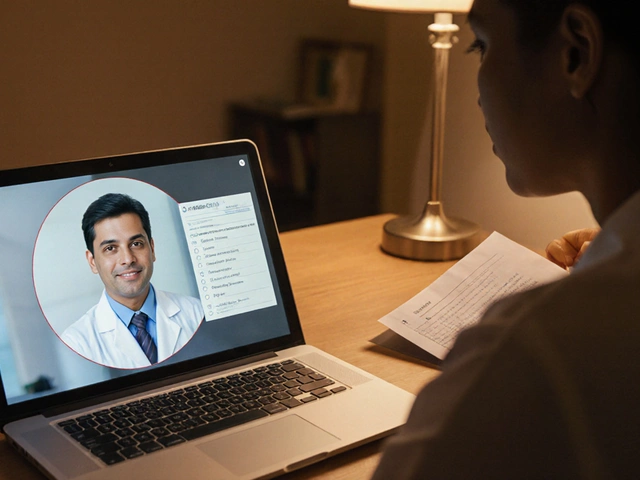Financial Hardship and Healthcare Costs in India
Money problems can make getting the right treatment feel impossible. When you’re worried about paying for a doctor visit, a lab test, or a month of medicines, the stress can be as bad as the illness itself. This page shows why health bills add up and gives real‑world tricks to keep costs low without sacrificing care.
Why Medical Bills Add Up
First, understand the main reasons bills get high. Prescription drugs in India often carry hidden markups, especially brand‑name pills. Hospitals may charge extra for tests that could be done cheaper elsewhere, and many private clinics set prices based on location rather than need. Add travel costs for a specialist in another city, and the total can jump quickly.
Second, insurance coverage is still limited for many people. Even when you have a policy, co‑pays and exclusions can leave a big gap. That’s why a lot of families fall into debt after a serious illness. Knowing where the money goes helps you spot the areas where you can save.
Practical Ways to Reduce Costs
Start with medicines. Ask your doctor if a generic version works as well as the brand name. Generic pills are usually 30‑70% cheaper and are equally safe. Many pharmacies also offer bulk‑buy discounts or loyalty cards—keep an eye out for those.
For lab tests, compare prices online or call a few labs before booking. Some big labs have flat rates for common tests like blood sugar or cholesterol. If your doctor orders multiple tests, you can sometimes combine them at a single lab and negotiate a package price.
When it comes to doctor visits, consider government hospitals or teaching institutes. They often provide the same quality of care at a fraction of the cost. Telemedicine services are another option; a video call can be far cheaper than an in‑person appointment for routine follow‑ups.
Don't ignore financial assistance programs. Many NGOs and state schemes cover specific diseases like cancer, diabetes, or heart conditions. A quick call to a local health department can reveal subsidies, free drug vouchers, or low‑interest medical loans.
Finally, keep a simple health budget. Write down every expense related to your condition—medicines, travel, food you need for treatment, etc. Seeing the numbers on paper makes it easier to cut unnecessary items and plan for the months ahead.
Facing medical bills while dealing with a health crisis is tough, but you don’t have to go it alone. Use these tips, ask for help, and remember that many people have found ways to stay healthy without breaking the bank.

Financial Challenges in Different US States and Medical Tourism Considerations
Exploring the financial difficulties people face in different US states and how it intersects with medical tourism options. This article dives into the economic challenges of living in states with high costs and its impact on healthcare choices. It touches on the significance of medical tourism for those looking for affordable healthcare solutions. Discover how some US residents navigate the balance between high living costs and accessible medical care, often seeking solutions beyond state borders.

What Is the Number One Healthiest Food in the World?
Oct, 30 2025



